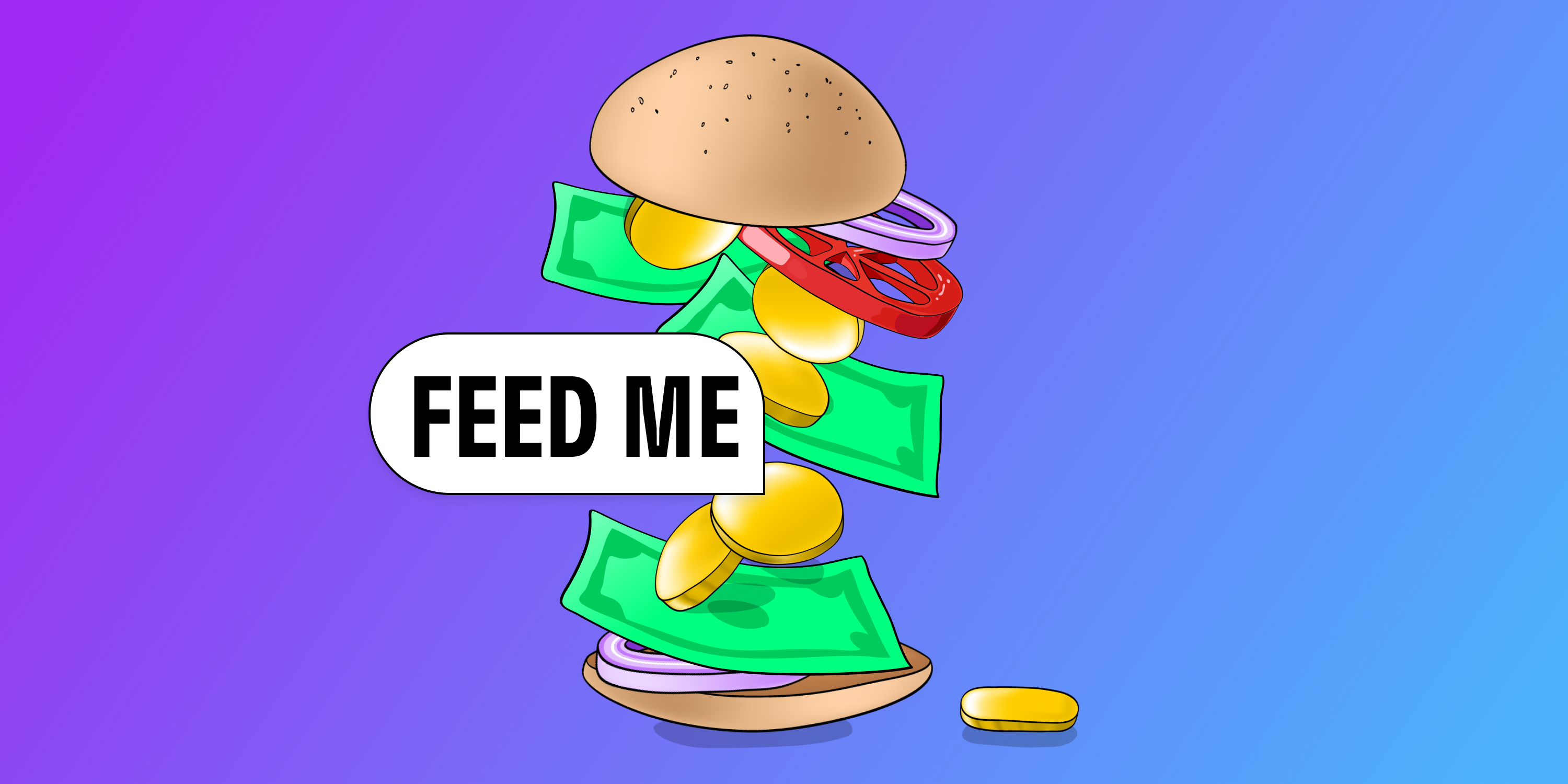
How To Build Credit History With The Credit Builder Card
No dumb interest or credit checks involved here ✨
This is some text inside of a div block with Cleo CTA
CTASigning up takes 2 minutes. Scan this QR code to send the app to your phone.

All your FAQs about credit scores, starting with when credit scores were invented.

Wanting to learn about the history of credit scores? Understanding how credit works is key to starting your credit-building journey. This blog has you covered.
Before we jump into where and when credit scores started, let’s have a little refresher on how exactly credit scores work.
There are three main credit bureaus in America - Experian, Equifax, and TransUnion. Here’s how Experian explains credit scores:
“A credit score reflects how reliable you are when it comes to repaying money. Your credit score is based on how you’ve handled money in the past. The higher your credit score, the better your chances of being accepted for credit, and at the best rates.”
So that’s the basic summary. Let’s look at how it works in action:
Credit scores as we know them today were brought into existence in 1989, by Fair, Isaac, and Company. Or FICO, as they’re now known. Before this though, forms of credit reporting had been around for hundreds of years. For example, merchants in the 1800s would use written credit reporting systems to decide whether prospective business partners were trustworthy.
However, for many decades, this method of credit reporting took into account the subjective opinions of people and businesses, which often included a heavy dose of racism. This kind of credit reporting, then, acted as a kind of redlining.
As credit scores became computerized in the 60s, lenders were still reluctant to drop “character assessments” in their evaluation of people’s creditworthiness.
Then, in 1989, FICO worked with the national credit bureaus to create a scoring model that could be used to evaluate all consumers, using the three-digit scale that we know today.
However, just because credit scores are now judged on a fair scale, doesn’t mean the world of credit is an even playing field. Because of hundreds of years of systemic and institutional racism in America, credit scores remain a signifier of inequality. Up to 26 million ‘credit invisible’ people struggle with a lack of credit history, and this disproportionately affects Hispanic and Black Americans.
Once your credit history has been reported to the credit bureaus, it is generated into a credit score by companies such as FICO. FICO explains how this score is calculated:
So the largest factor is on-time payments.
According to Experian, it can take around 6 months to build a credit score from scratch. This is based on how long it takes to build a FICO score.
A good or excellent credit score can take longer - years, even. This is because a credit score is largely based on building up timely payments over a long period of time.
So, it is about playing a long game. But there are hacks you can for sure use to speed up the process:
The Cleo Credit Builder Card* is a type of secured card. We created it to help people fix their credit, without having to jump through a million hoops. It comes with no interest and requires no credit checks.
It’s this simple:
💵 You add some cash to your security deposit (as we said, minimum deposit of $1). The amount of money you put in becomes your credit limit.
💵 You go shopping. You spend money on the card and then pay back the balance on time monthly. Here’s the hack: you can make repayment automatic with autopay.
💵 If you choose to add bills or subscriptions to these payments, you can drop some life admin and spend automatically. Bonus points for setting up bill reminders with Cleo’s free budgeting feature. That’s efficiency, baby.
💵 Keep track of your credit score in the ‘borrow’ tab.
Here’s how.
You’ll be able to apply for the card once you sign up for the Cleo Builder subscription, which is $14.99 per month. With this, you get:
Enjoy this post? Give it a share or send it along to a friend. You never know, it could make a big difference. Big love. Cleo 💙
*TheCredit Builder Card is issued by WebBank, Member FDIC pursuant to a licensefrom Visa USA Inc. Access to the Card is subject to approval.
**“Cash/SalaryAdvance” and “Cashback Rewards” are features of the Cleo Builder Subscriptionand not the Credit Builder Card. The “Card Cash Advance” is a feature unique tothe Credit Builder Card and allows you to advance cash at an ATM. The Card CashAdvance is subject to a $2.50 fee per transaction plus any fee that may becharged by the ATM or Bank. This feature is only available to holders of theCredit Builder Card.

No dumb interest or credit checks involved here ✨

Searching for something that could help your credit? We’ve got just the thing 💳

Let's talk turkey 🦃

